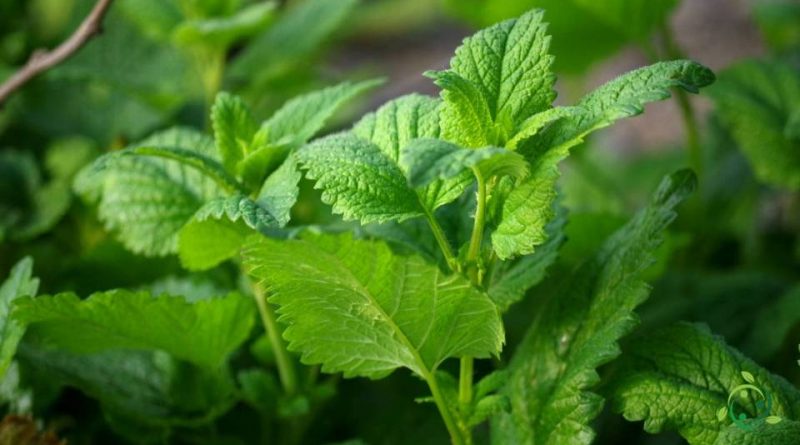How to propagate lemon balm
How to propagate lemon balm
True lemon balm (Melissa officinalis L., 1753) is a small perennial and aromatic herbaceous plant of the Lamiaceae family.
This plant is native to southern Europe and western Asia. In Italy it is present in all regions, from the plain to 1,000 meters.
Lemon balm, like all mint plants, can be easily reproduced by seed, by tip cutting or by planting pieces of rooted stolons. Its cultivation can take place either in pots or in full earth.
For its reproduction it is important to choose a partially shady area. For the details of the cultivation technique, refer to the following sheet.
Propagation by seed –
If you opt for reproduction by seed, it is advisable to carry out this operation in spring or in a protected seedbed or directly at home when the period of night frosts is completely averted.
The seed should be covered with a light layer (0.5 – 1 cm) of fine soil, lightly compacted and irrigated by means of a nebulization system. The addition of water must be done several times during the day, taking care not to cause stagnation but making sure that until the first sprouts are released, the soil always remains moist.
When the seedlings have reached about 5 cm, they can be transplanted into well-worked holes at a distance of about 30 cm from each other so that they have enough space to grow and thicken; in this period the seedlings will be watered abundantly; only when the seedlings have taken root will watering be reduced so as not to compromise the aromatic content of the plants.
Propagation by division of tufts –
Lemon balm can also be propagated by dividing the tufts. This technique is implemented by dividing already branched plants and burying the individual tufts at the same distances described above and taking care to irrigate in the same way as plants transplanted from seed. Here too, when the seedlings begin to emit new jets, watering can be reduced in order not to compromise the aromatic content of the plants.
Propagation by tip cuttings –
Propagation by tip cuttings must be carried out at the end of the winter period, when it is certain that there will be no frost. Terminal cuttings of 5 – 7 cm will be taken, taking care to plant them as you work for the tufts but taking care to shade even more. Irrigation and subsequent transplantation then proceed in the same way.

